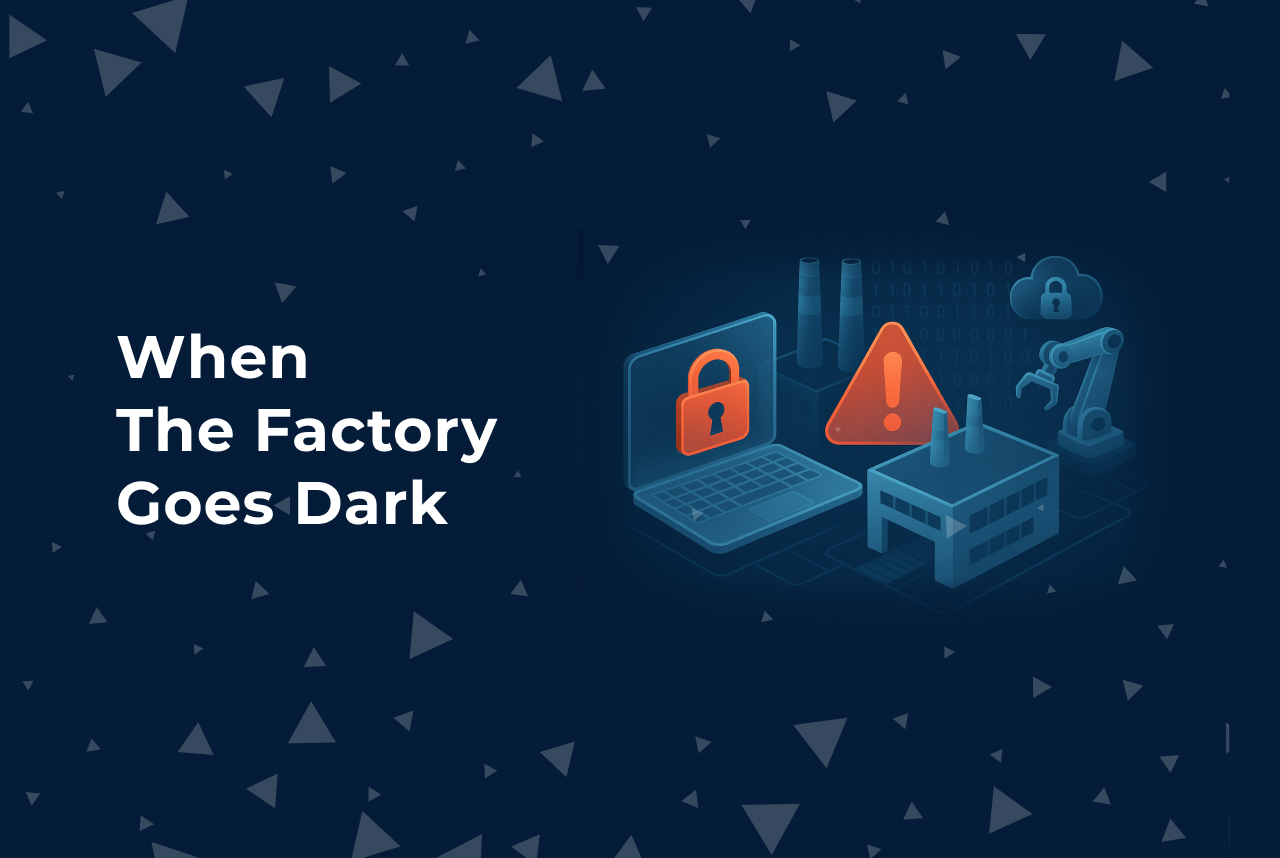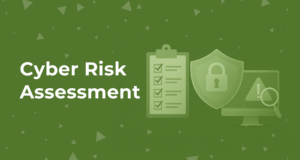There’s a shift happening—not just in how we defend against ransomware, but in how we define the boundaries of responsibility.
A few weeks ago, Sensata Technologies, a global leader in industrial sensors and electronics, got hit with ransomware. It took down systems. Interrupted operations. The factory, quite literally, went dark.
This wasn’t just a breach of data—it was a breach of continuity.
Ransomware Is a Systems Problem
The moment attackers can stop machines from running, it’s no longer an IT incident. It becomes a manufacturing problem, a logistics problem, a revenue problem.
And the reality is: our systems are more connected than ever. Machines talk to APIs. PLCs push data to the cloud. Third-party apps interface with your ERP, your MES, even your production line.
Attackers don’t need to break everything. They just need one path in—and in modern manufacturing, there are more paths than ever.
We’ve Outgrown the Classic Perimeter
A firewall is a concept from another era.
It made sense when everything inside your four walls could be neatly contained and monitored. But now your infrastructure is your product, your network is your supply chain, and your attack surface is always changing.
You don’t need a bigger moat. You need a better map.
What Matters Now Is Convergence Awareness
Sensata isn’t unique. Most midsize manufacturing firms are on the same journey: cloud adoption, automation, digital twins, AI in production, and more vendors than ever.
The problem? Security programs haven’t caught up to that convergence.
We’re still running assessments as if OT and IT live on different planets. Still thinking in layers, when attackers think in graphs.
The Teams That Stay Resilient Are Asking Better Questions
Not “are we protected?” but:
- What would it take to restart production after a compromise?
- What parts of our stack do we trust but don’t observe?
- Where does data flow in ways we didn’t originally design for?
- How would a breach cascade—not just through systems, but through people and processes?
These aren’t hypothetical. They’re the kinds of questions that help you reframe security as continuity, not just control.
The Opportunity: Shift From Static Models to Live Resilience
Most risk assessments are one-time efforts. They don’t scale, and they don’t adapt.
But what if we treat risk like code—versioned, iterative, reusable?
What if we model ransomware not just as a threat, but as a systems behavior we can simulate, contain, and recover from?
The more we treat security as an input to engineering and business strategy—not just a checkbox—the faster we build muscle memory that actually holds up under pressure.
If You’re Asking “Could This Happen to Us?”
The answer is yes. It could.
But the more important question is: if it does, how long would it take us to bounce back?We’re offering 30-minute ransomware resilience check-ins for CTOs, CISOs, and Infra leaders at midsize industrial companies. No slide decks, no scare tactics—just a technical conversation tailored to your stack. Simply contact us and refer to Sensata’s Ransomware for the Ransomware Resilience Check-ins.






